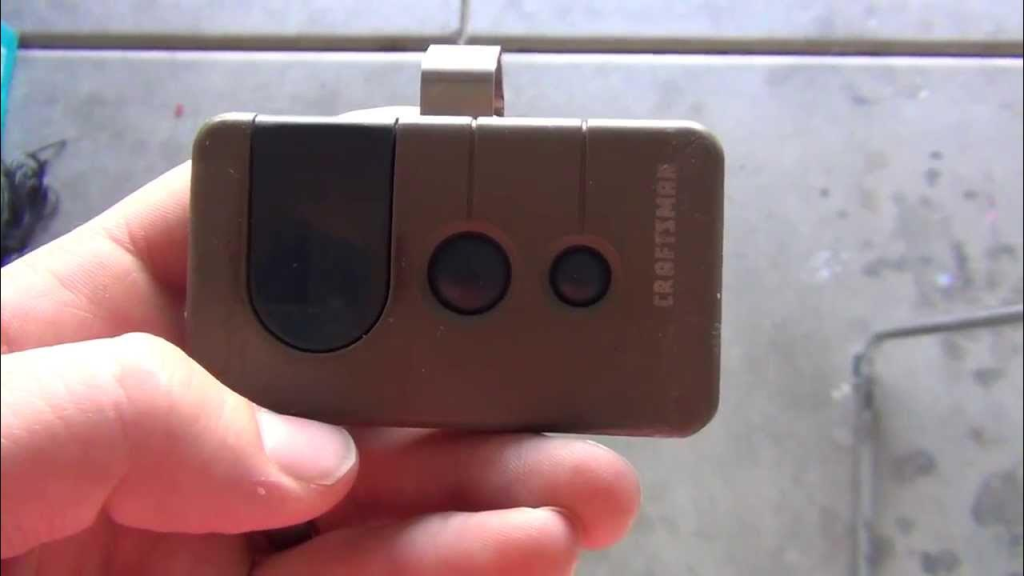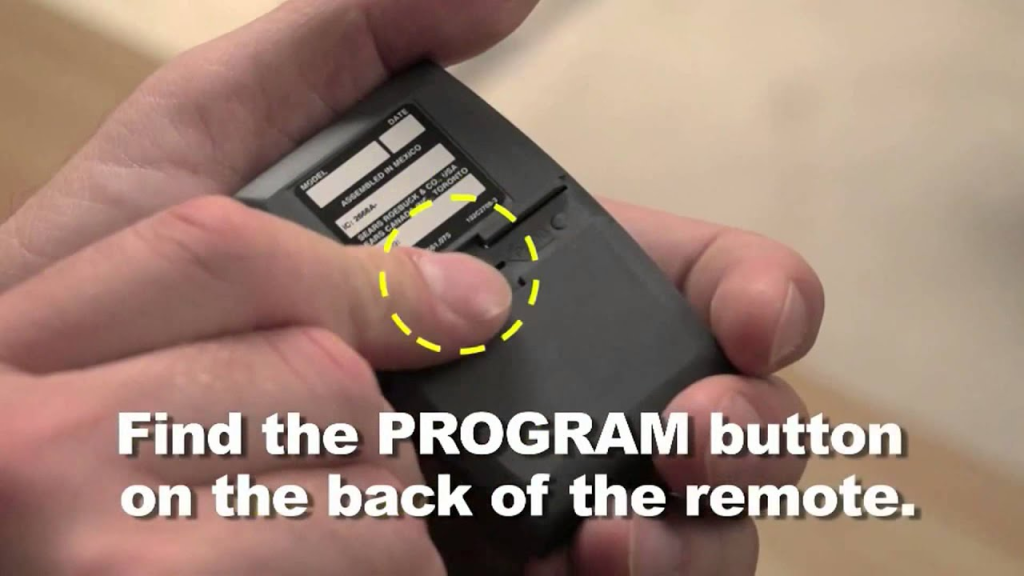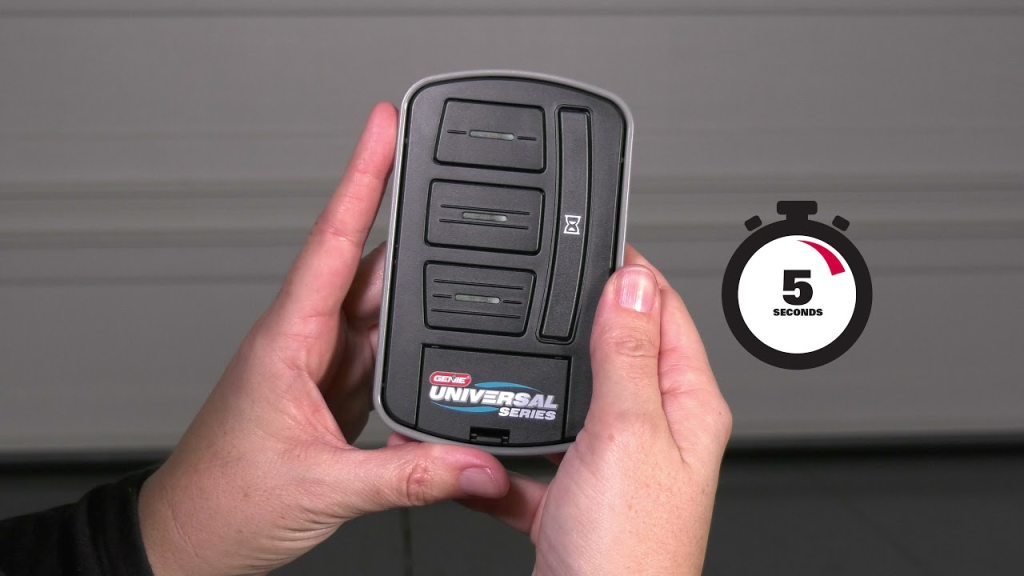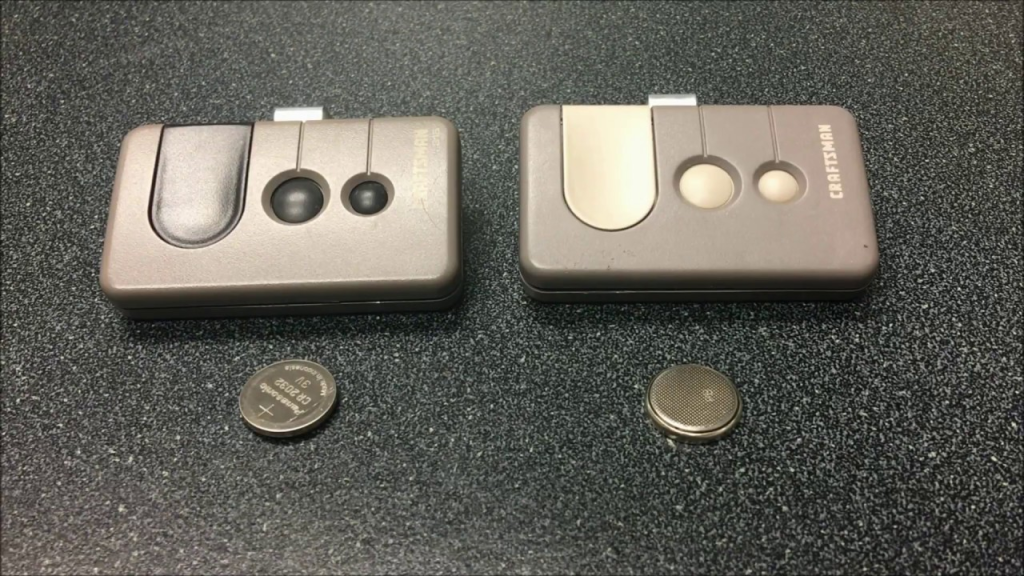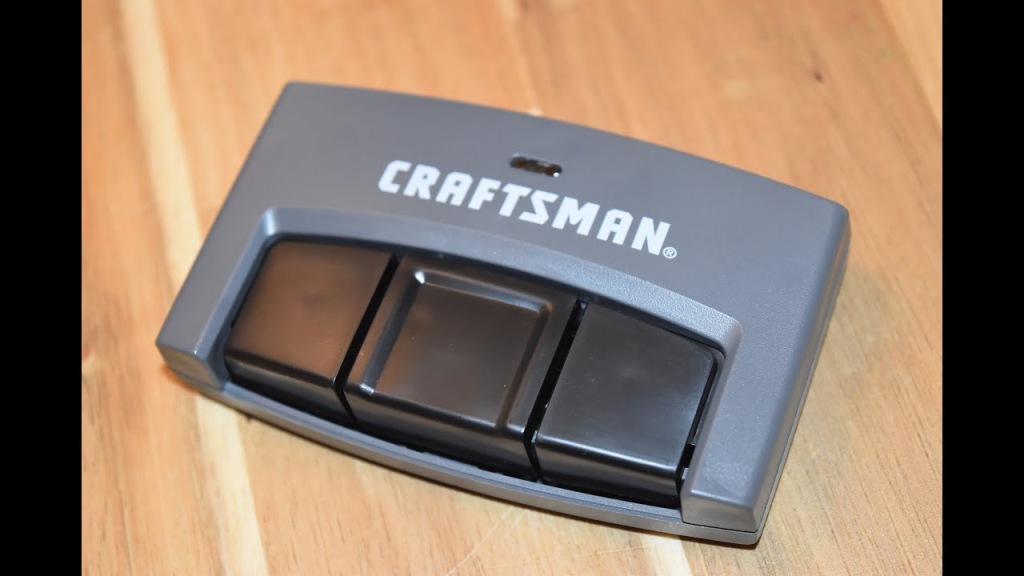If you have a Craftsman garage door opener, you know how convenient it is to use a remote control to open and close your garage door without ever having to leave your car. However, at some point, you may need to program your remote control for your Craftsman opener. Whether you’re replacing a lost remote or adding a new one, the programming process is relatively simple but requires a few key steps.

In this article, we’ll walk you through the process of how to program a remote control for Craftsman garage door openers, covering the different types of remotes, programming methods, troubleshooting tips, and more. Let’s make sure your remote is working smoothly, so you can enjoy the convenience it brings.
Read too: Craftsman Garage Door Keypad Not Working? Here’s How to Troubleshoot and Fix It
Understanding the Basics: Craftsman Garage Door Opener Remote
Before we jump into the programming process, let’s briefly discuss the Craftsman garage door opener remote and how it works. The remote control operates via radio frequency (RF) technology, which allows it to send signals to the opener to activate the door mechanism. Craftsman remotes typically use one of two common methods to program the remote:
- Learn Button Programming Method: This is the most common and straightforward method for programming Craftsman remotes.
- Programming Via Keypad (if applicable): If you have a keypad, you can also program remotes through it in some models.
Now, let’s get into the details of how to program remote control for Craftsman garage door openers using the Learn button method, which is the easiest and most commonly used approach.
How to Program Remote Control for Craftsman Garage Door Opener: Learn Button Method
The Learn button method is designed to make programming your remote control simple and quick. This method works with most Craftsman garage door openers made in the last few years. Follow these steps to successfully program your remote:
Step 1: Locate the Learn Button on Your Craftsman Garage Door Opener
The first thing you need to do is locate the Learn button on your Craftsman garage door opener. The Learn button is typically located on the back or side of the motor unit, near the antenna. The button may be labeled as “Learn,” “Program,” or something similar. Depending on the model, it could be a small, colored button (usually red, orange, or purple).
Step 2: Prepare Your Remote Control
Before programming your remote, ensure that the remote control battery is fresh and installed correctly. If you are using a new remote, make sure it’s compatible with your Craftsman garage door opener model. You can usually find this information in your owner’s manual or on the Craftsman website.
Step 3: Press and Hold the Learn Button
Once you’ve located the Learn button, press and hold it for about 6 seconds. You should see the indicator light on the motor unit either blink or remain on (depending on the model). This indicates that the opener is in programming mode.
Step 4: Press the Remote Button
While the Learn button light is on, press the button on your remote control that you want to program. Hold the button on the remote for a few seconds. After you release it, the motor unit should respond by either flashing its light or making a clicking sound.
Step 5: Test the Remote
Once you’ve programmed the remote, test it by pressing the button again to ensure that it opens or closes your garage door. If it works, congratulations! Your Craftsman remote is successfully programmed.
If the remote doesn’t work after following these steps, repeat the process from the beginning. Ensure that you press the Learn button long enough and that you are using a functional remote with a working battery.
How to Program Remote Control for Craftsman Garage Door Opener: Additional Programming Tips
While the Learn button method is the most common, some older models may require additional steps, such as programming through a keypad. Here are some extra tips to help you successfully program your Craftsman garage door opener remote:
Resetting the Opener
If you’re adding a remote to a Craftsman opener with an existing remote programmed, or if you’re having trouble with your remote, you may need to reset your opener. To reset the opener and clear all stored codes:
- Press and hold the Learn button for about 6 seconds (until the light turns off).
- Release the button. This will erase all stored remote codes.
After performing this reset, you can proceed with programming your remote from scratch.
Multiple Remotes
If you need to program multiple remotes, simply repeat the same process for each remote. Each remote control can be programmed to operate the opener, allowing you to have a spare or add new ones for family members.
Keypad Programming
If you have a keypad, you can also program your remote by entering the pin code into the keypad and then pressing the designated button for remote programming. Refer to your specific Craftsman opener’s manual for detailed keypad programming instructions.
Troubleshooting Common Issues When Programming a Remote for Craftsman Garage Door Opener
Even though programming a remote control for a Craftsman garage door opener is a simple process, sometimes problems can arise. Here are some troubleshooting tips to help you address any issues:
Remote Not Responding
- Check the Battery: Ensure that the battery in your remote is fresh and installed correctly.
- Ensure Compatibility: Verify that your remote is compatible with your specific Craftsman model. Older or universal remotes might not be compatible with newer openers.
- Reset the Opener: If the remote is still not responding, perform a reset by clearing the stored codes and reprogramming the remote.
Opener Light Doesn’t Blink After Pressing the Learn Button
- Timing: Ensure that you are pressing the Learn button long enough. Hold it for about 6 seconds to enter programming mode.
- Electrical Issue: If the light doesn’t come on, there could be an electrical issue with the opener. Check the power source and the connection.
Remote Works Intermittently
- Weak Signal: If the remote works sometimes and not others, it could be a weak signal. Try reprogramming the remote and moving closer to the opener to see if that resolves the issue.
- Interference: Check for any interference, such as electronic devices near the opener or remote that could disrupt the signal.
Conclusion
Programming your Craftsman garage door opener remote doesn’t have to be difficult. By following the easy steps outlined above, you can quickly get your remote up and running. Whether you’re replacing an old remote, adding a new one, or troubleshooting issues, this guide should help you get your Craftsman opener working smoothly. Remember, a properly programmed remote offers the convenience of controlling your garage door with just the push of a button!





